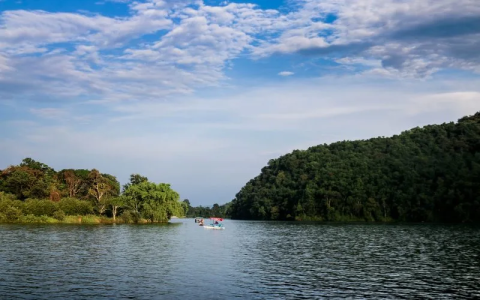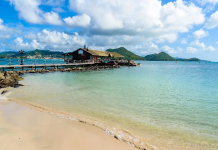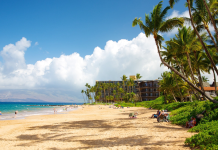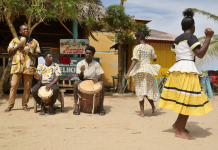So, you’re trying to figure out the good time to visit Nepal, huh? Oh boy. I’ve been down that rabbit hole, and let me tell you, it’s a journey in itself. Everyone and their dog seems to have a rock-solid opinion, and they often don’t match up!
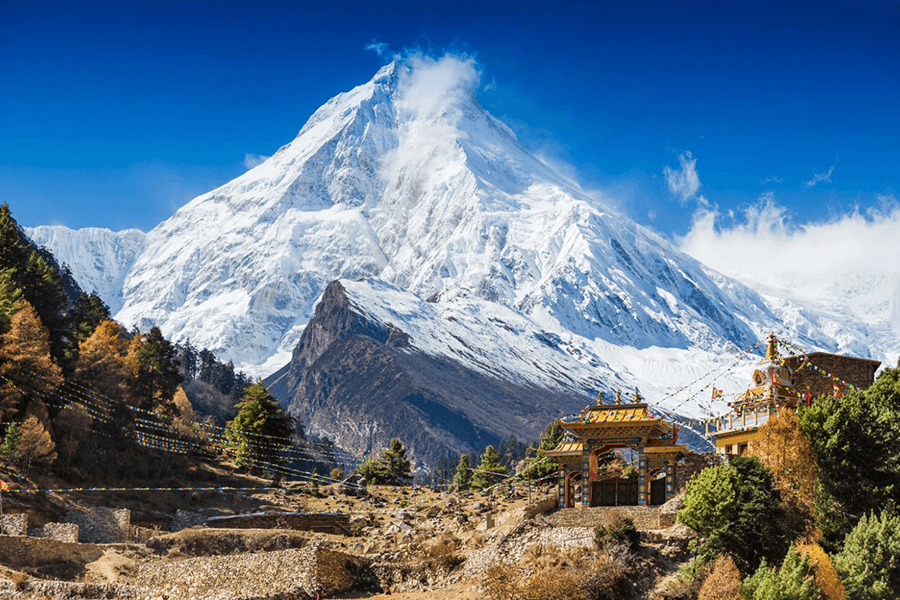
I remember when I was first planning my trip. I was glued to my screen, clicking through countless articles, forums, you name it. One site would scream “October to November is THE ONLY time!” then another would be all about “March to May for the flowers!” It was enough to make my head spin. I just wanted to see some mountains, you know?
My first time, I thought I’d be clever. I decided to go around late September. Sort of the very beginning of the main season, just as the monsoon was supposedly packing its bags. I figured, fewer crowds, good enough weather, best of both worlds, right? Well, it was… an experience. We got some amazing days, truly. Crisp air, those massive peaks just popping against the blue. But we also got a few days where the clouds just wouldn’t budge, and a bit more leftover rain than I’d bargained for. Some folks on the trail were a bit grumpy about it, expecting perfection.
But here’s the thing. Those cloudy days? They had their own kind of magic. Everything was super green, so vibrant. And yeah, fewer people. I actually had some trails almost to myself, which I heard is a luxury during peak October. I didn’t have to book teahouses weeks in advance for some of the less popular spots.
So, what did I learn from all this?
It really boils down to what you want to get out of your trip. Seriously. There’s no single “best” time, despite what anyone says.
Here’s my take, from what I’ve pieced together from my own trips and talking to a LOT of other travelers:
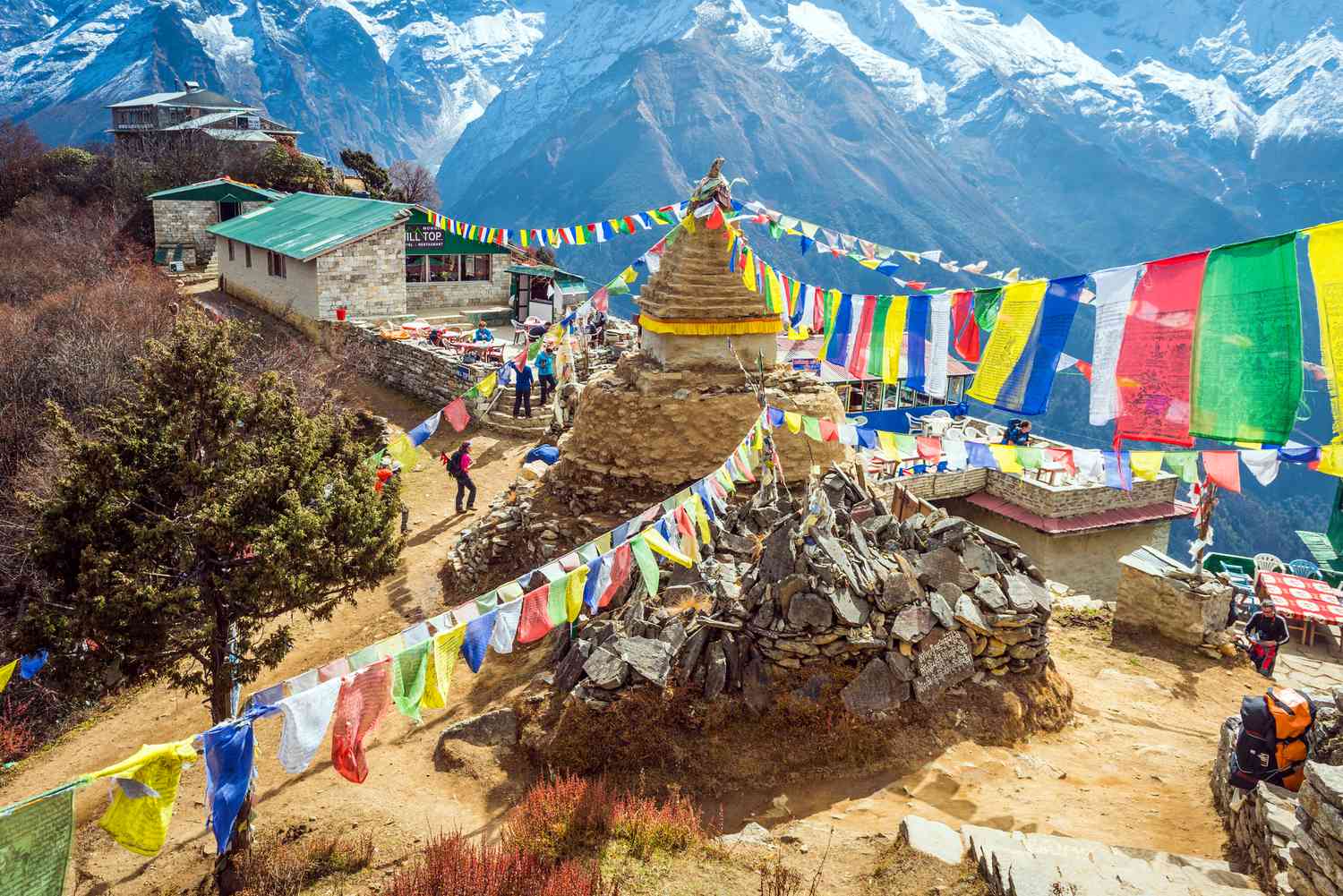
- For those super clear, classic mountain views, especially for high-altitude treks like Everest Base Camp or Annapurna Circuit: Yeah, October and November are generally your safest bets. The monsoon has cleared the air, and the weather tends to be stable. But, be prepared for it to be busy. Like, really busy on the main routes. And prices for flights and accommodation can be higher.
- If you love rhododendrons and want slightly warmer trekking weather at lower to mid-altitudes: Then March to May is your window. The flowers are insane, especially in April. It can get a bit hazy sometimes, especially lower down, as the pre-monsoon heat builds. But it’s beautiful in a different way.
- Don’t mind a bit of unpredictability and want to see Nepal at its greenest with fewer tourists? Consider the shoulder seasons, like I did. Late September/early October, or even late May/early June. You might get rain, views might be hit or miss some days, but it’s lush, and the trails are quieter. You just gotta be flexible and have the right gear. Some folks even dig the monsoon (June to early September) for specific low-altitude stuff or cultural tours, as long as they’re prepared for downpours and potential travel disruptions. Not for your classic big treks though, usually.
- Winter (December to February): It’s cold, especially up high. Many high passes will be snowed in. But for lower altitude treks, or exploring cities like Kathmandu and Pokhara, it can be great. The air is often very clear, and there are far fewer tourists. Just pack warm!
I once met a guy who went trekking in mid-December. Everyone told him he was crazy. He said it was tough, sure, and he couldn’t do the high pass he originally planned. But he also said he had entire valleys to himself, the silence was incredible, and the views he did get were crystal clear because of the cold, dry air. He wouldn’t have traded it.
So, my advice? Do your research, sure, but also think hard about what your perfect trip looks like. Is it guaranteed clear skies above all else? Or is it solitude? Or maybe a specific natural event like the flower blooms? Because that’s what will really determine your good time to visit Nepal. I almost got too hung up on finding that “perfect” window, and I nearly missed out on just embracing the adventure for what it was. Don’t make that mistake!

